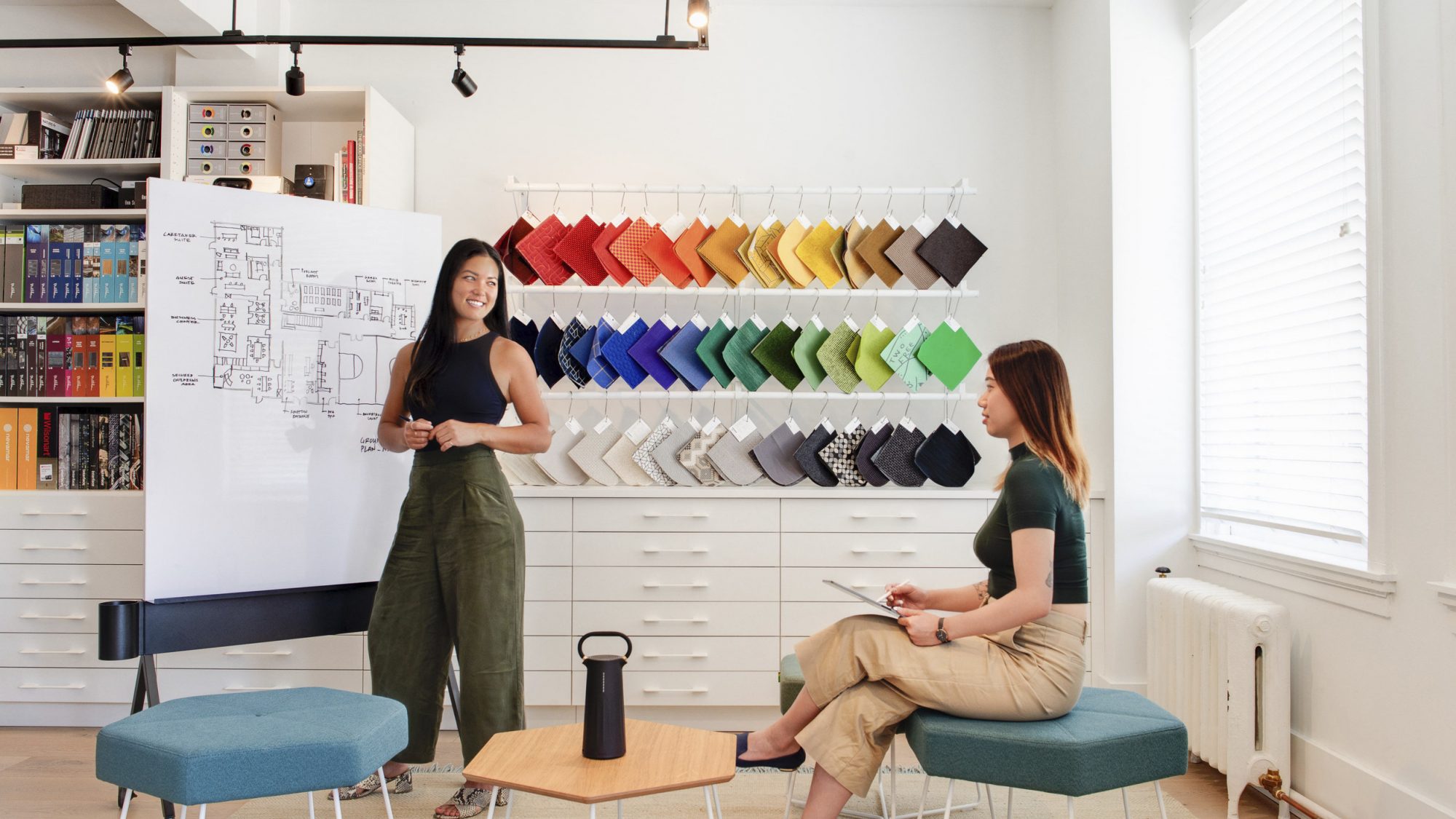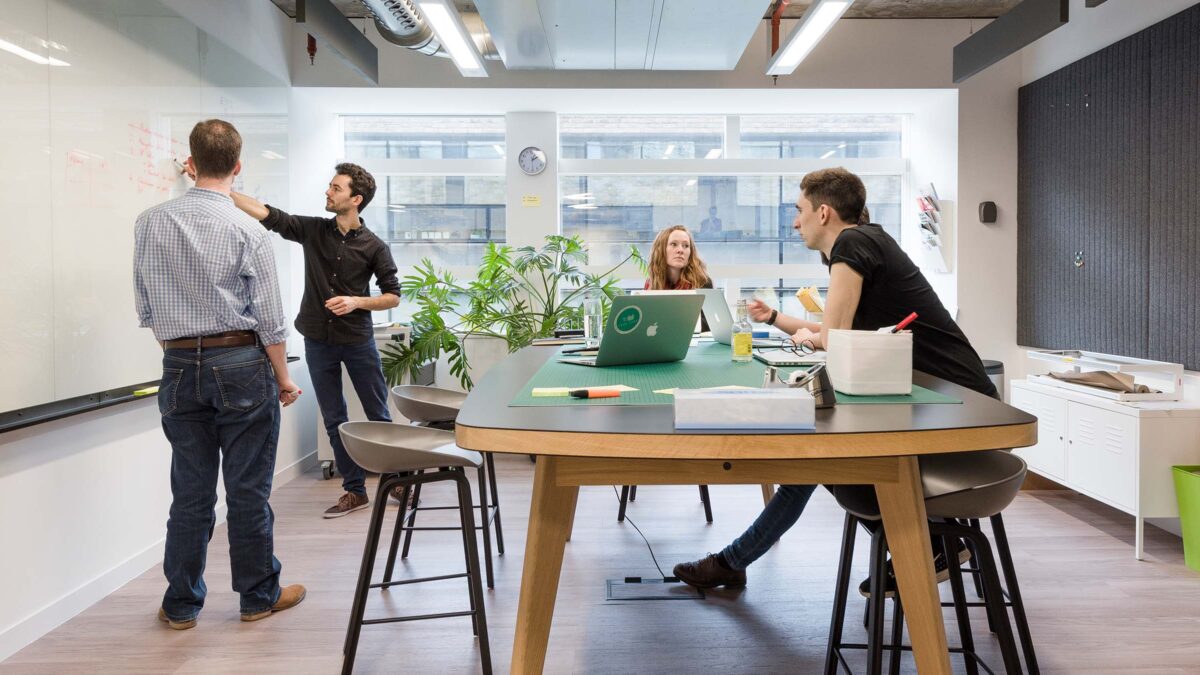










People want office noise to be like red wine, a good thing in moderation.

Office workers’ biggest challenge is quiet-working. At least that is what our workplace surveys tell us. Our latest one this month was no different, as it also identified office noise as the biggest problem in offices across three European countries. People described how noise at work prevents them from concentrating, which wastes time, causes stress, and lowers productivity.
You might think such a hot topic would be inflated by complaints about road noise, overhead aircraft or unpleasant acoustics in meeting rooms (which is something I really hate), but it’s not. This is a story about other people’s voices.
If we dig a little deeper to find out why, people quickly blame their open plan environment and their colleagues who stand around a neighbour’s desk, or the person who speaks loudly on the telephone, especially if it’s a mobile. Next they describe how they cope. Finding a meeting room to work in is popular, and many say they just stay at home if they need to concentrate. How many times have you heard people say “I get so much more done at home”? And now more than ever, people have earphones to create their own personal sonic zone.
Because sound is physical, solutions to noise disturbance are also invariably physical. What it lacks in visibility, sound makes up for in other measurable qualities such as pressure, frequency and range. So we provide quiet rooms with solid doors, study carrels or small enclaves set away from the hubbub, or those high backed sofas which deaden the surrounding din. We provide an array of legitimate spots away from your desk to work without being disturbed by office noise.
People really don’t like silence, they prefer a lively buzz, and yet they object strongly to being disturbed by noise.
In practice this option is often turned upside down, and the noise maker ends up occupying the insulated space meant to protect his neighbours from distraction. There he makes noise, but his colleagues can’t hear. Callers and impromptu meetings migrate to a bunker, everyone else stays put. Both ways work, although I feel the pendulum has swung in favour of quiet open plan areas with bolt-holes for noise makers, although I am happy to be corrected.
When I say quiet open plan areas, I need to refine what I mean. People really don’t like silence; but while they prefer a lively buzz, they object strongly to being disturbed by noise. So how to square that circle? It’s not simply noise that bothers us, as we can easily read a book in a noisy train or plane. Intelligible noise, nearly always a language, is the sound our brain find hard to filter out.
Noise, like temperature, is never right for everyone. It affects people differently, as illustrated by Susan Cain, a lawyer who champions the needs of introverts. As she makes much of their need to be protected from excessive noise in the workplace, I was interested to read an interview with her last year where she described how she wrote her recent book in a noisy café close to her home rather than within the confines of her private study. Introverts, it seems, do like to be with other people, but also value control over their privacy.
The alternative to ostracizing chatty people is to mask their voices with background noise. This background can just be the normal conversation in an office. In fact, and at the right level, it is a near perfect solution. You get the feel of a busy and civilized space without being able to focus on specific conversations, and you can work or converse with your colleagues in equal amounts. But this level of ambient chatter is very hard to guarantee, so you may need to inject it artificially in the form of random sound coming in different colours – white, pink, brown, red and so on. I think the human version of brown noise is the privacy Susan Cain found in her local café.
So to conclude, a choice of settings can help and maybe local control too, which is why earphones work so well with office noise. With a combination of good design, technology and office protocols, we really can isolate two perennially conflicting activities. Maybe it’s time to knock quiet working off the top of the workplace problems list.
Head of Technology Strategy